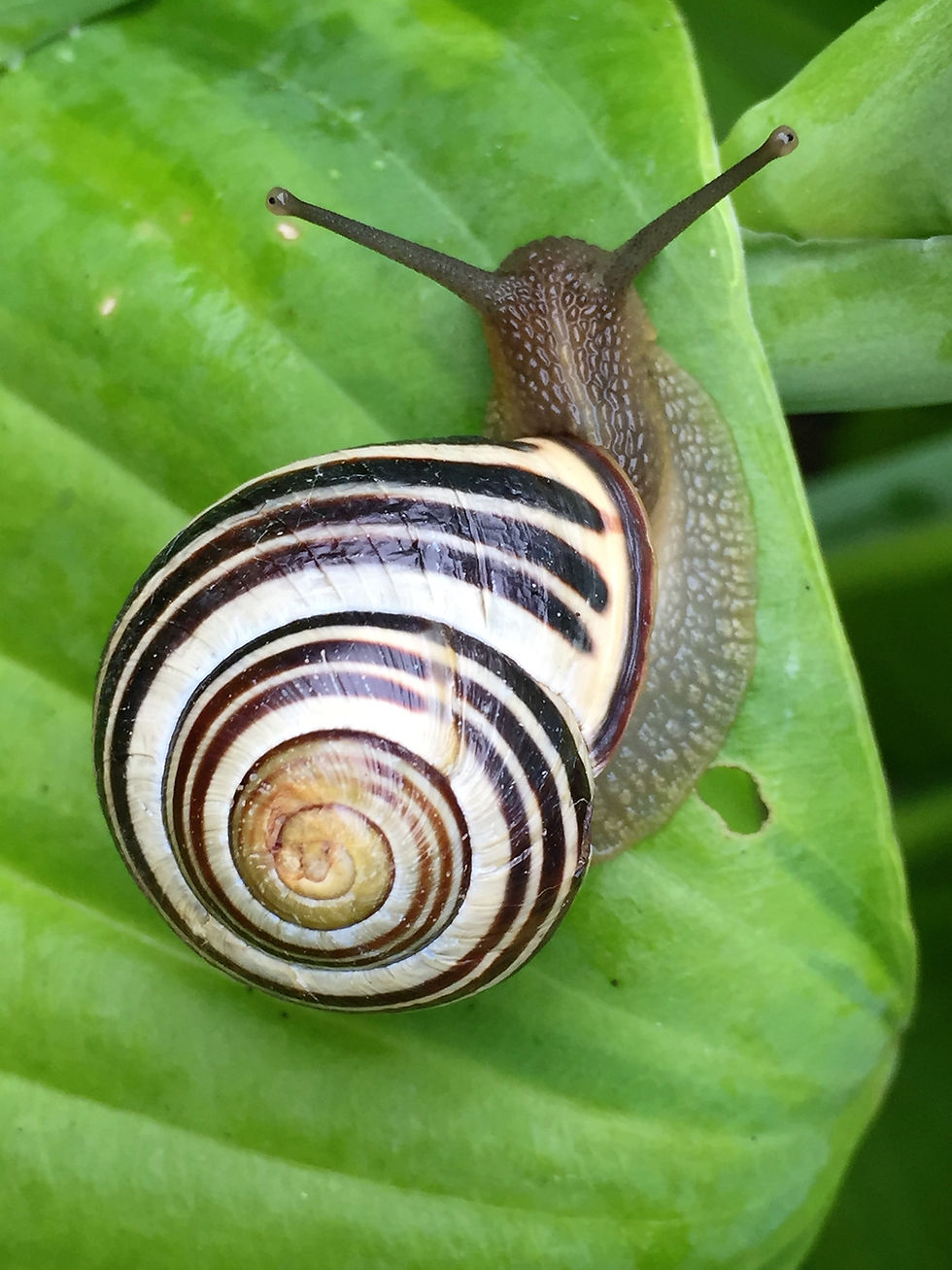Enhancing our Environment and Restoring Biodiversity: Wild East.
- Tony Wisbey

- Jun 30, 2021
- 2 min read

Join Wild East! www.wildeast.co.uk : inspirational project pledging to restore natural ecology in East Anglia. “A movement of people for nature, forever.” To “make East Anglia wilder, wetter, woodier.” This is an active environmental investment in the future, after the 1970-2020 decline of species. See also www.somerleyton.co.uk Somerleyton Hall gardens: great rewilding project.
We have already spotted gorgeous Stradbroke mini-meadow gardens and allotment walks Also, villagers have daisies, dandelions, pretty grasses etc, flourishing in patches on their lawns.
Things we can do:
Dig a wildlife pond (shallow, no fish) /make mini water stations such as half barrels and waterproof containers with irises, miniature lilies etc, for birds, dragonflies. Create a permanent mud patch for house martins to build nests next year.
Ban all garden sprays—they all kill insects, especially bees. Take ladybirds to aphids! Consider all “pests”, e.g. slugs, as yummy bird, frog and hedgehog fodder.
Aim for all-year-round flowers for bumblebees. Comfrey in spring to common ivy, winter.
Have a mound of bare earth or turf in a flower bed and insect hotels for solitary bees.
Buy a live caterpillar kit with net cage from www.insectlore.co.uk to produce 5 Painted Lady butterflies to set free. Watching them grow is great for kids, too.
Plant a native tree/shrub or two, especially nuts, fruit, berries.
Have old logs dotted around garden or a pile in a corner: insects for birds.
Grow nettles in a large pot/old wheelbarrow and move to sunny spots in the garden. Look for young turned-over tops (butterfly-laid eggs) and holes. Chop off their flowers.
Have a corner/mini meadow or rough grass patch to expand varieties of species: flowers/ bees/butterflies/hoverflies/laceflies/beetles/spiders, etc.
Relax to look at the butterflies, bees and birds you are nurturing safely in your garden.
Tony Wisbey





Comments